The C16 was the computer that started it all for me. It made it into my house one rainy day of 1988 when I was 8 years old. It was the machine I wrote my first programs on, even though it broke not long after that, ending up in my attic, dismantled and poorly cared for. 30 years later I managed to recover, reassemble and repair it (it was the CPU, if you wonder...) and I decided that it was time to finally do it justice, giving this mistreated Commodore model a way to live on.
LittleSixteen - Commodore 16 Mainboard
Let's do justice to this mistreated machine, at last!
 SukkoPera
SukkoPera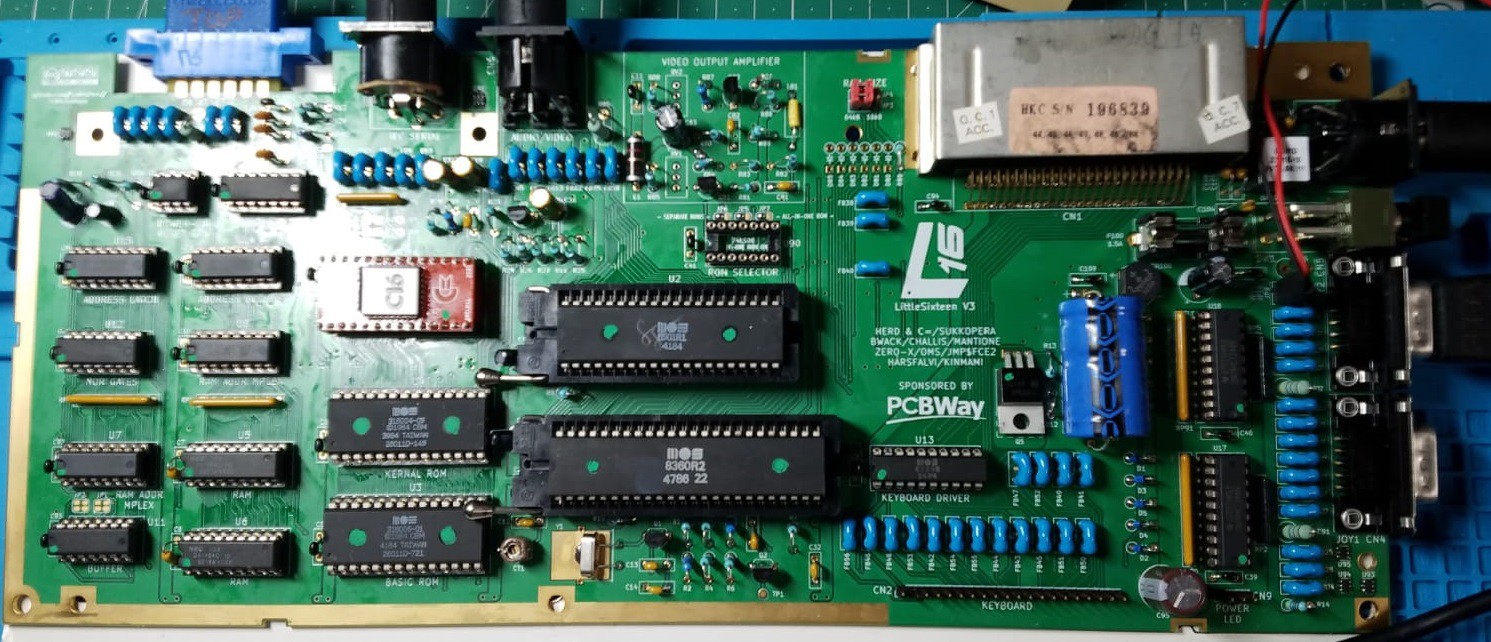

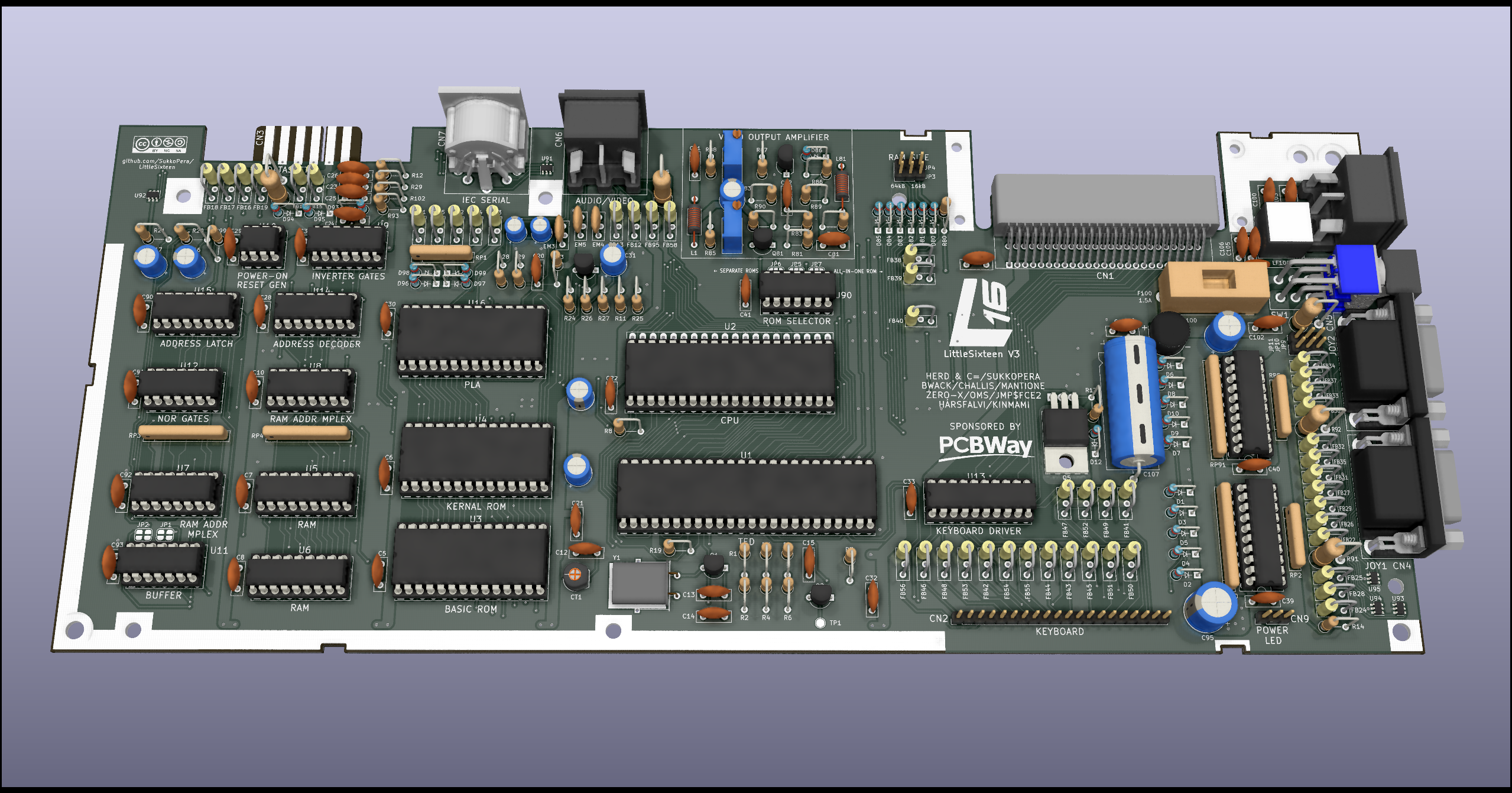
 Ideally, I would have liked to allow both connectors on the same board, but that turned out to be impossible.
Ideally, I would have liked to allow both connectors on the same board, but that turned out to be impossible.
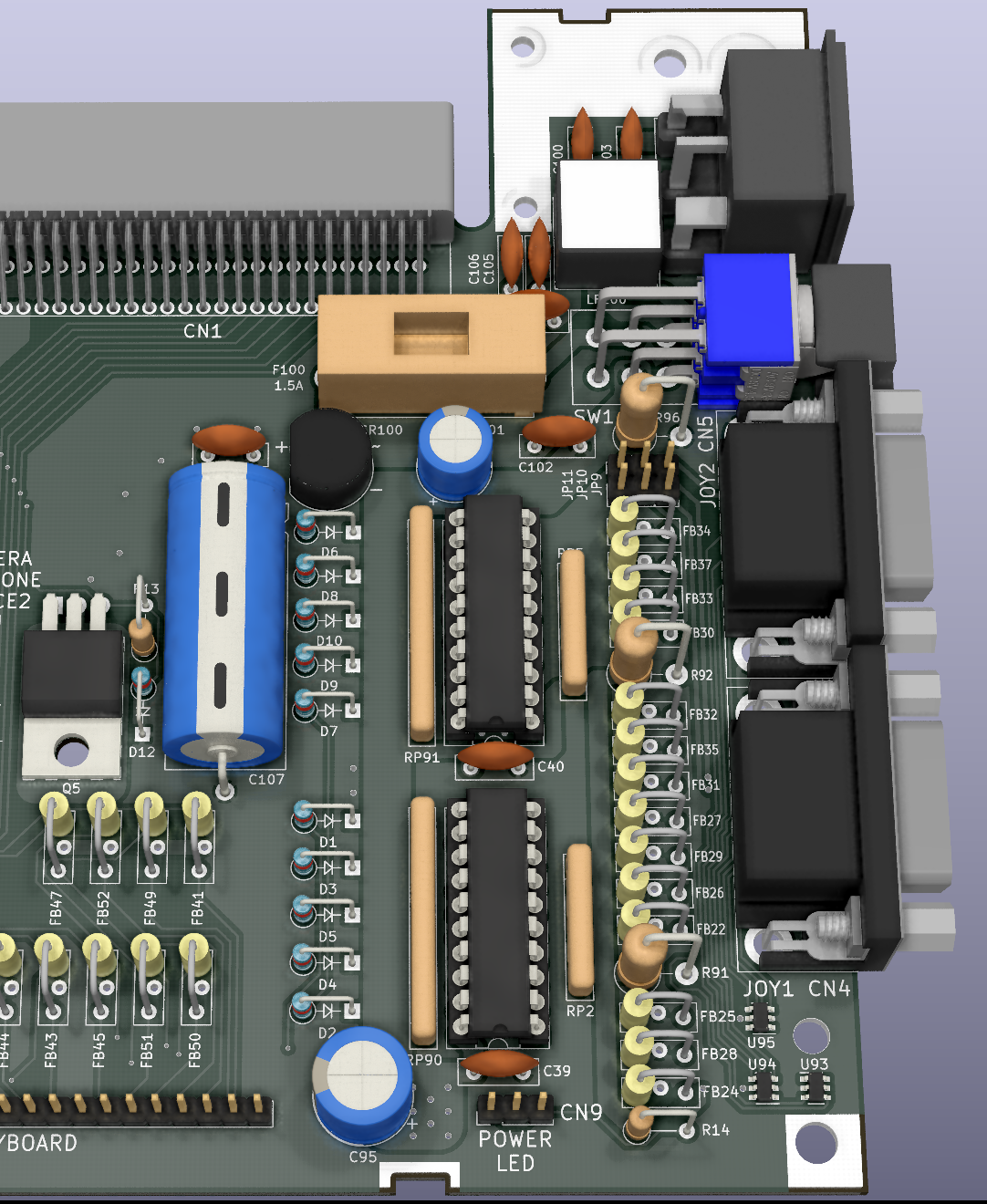
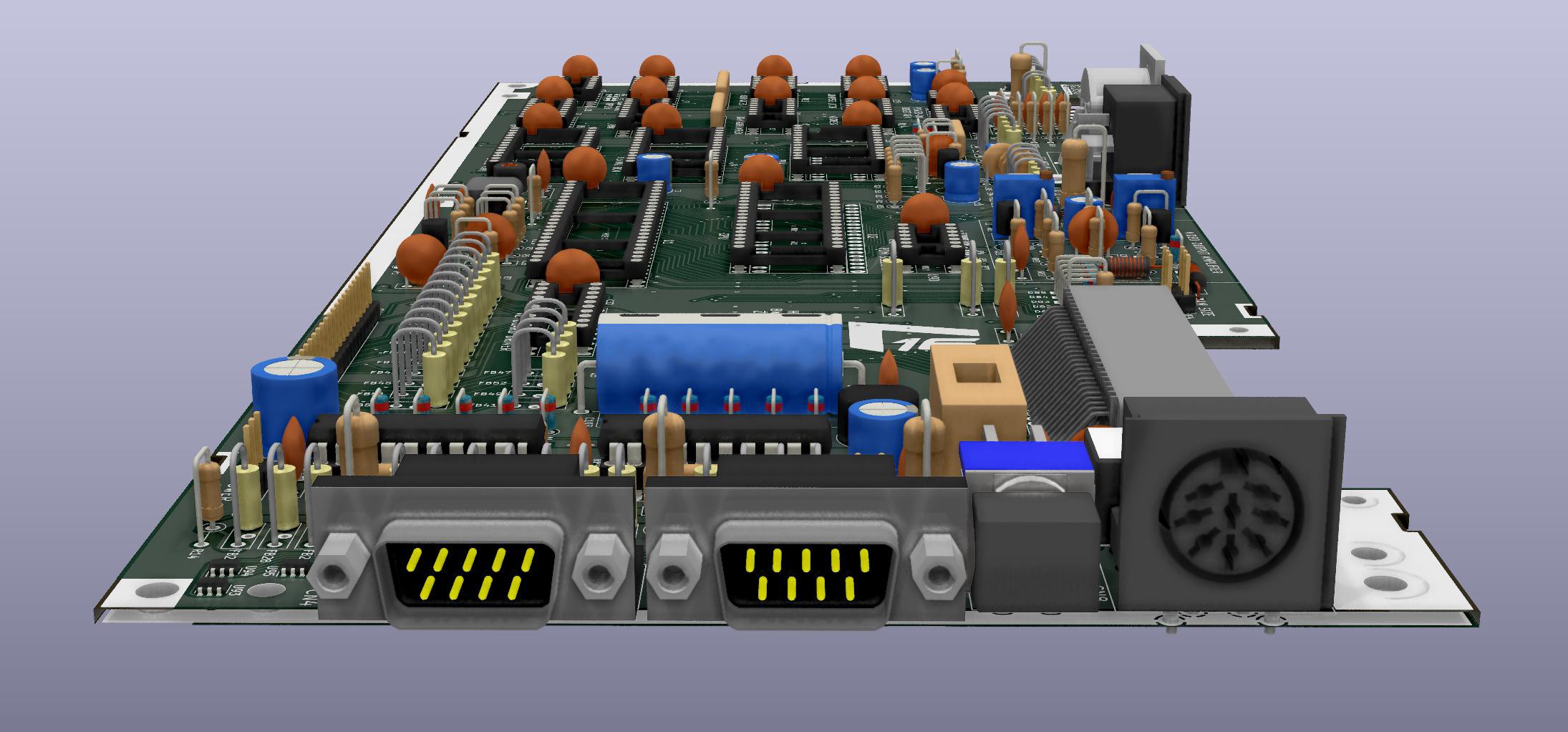
 To tell the truth, the replacement of these connectors also had a downside, as it forced me to remove the reset button. I really didn't want to do this but there was just no place it could be fit into. I replaced it with a pin header though (JP11), so that a switch can still be connected and placed somewhere, or left hanging through the cartridge slot (Please do NOT drill any holes in your case!). Maybe it could be that could be fit in the top section of the replacement bracket, where there seems to be some space available. If you design one, please keep this into consideration.
To tell the truth, the replacement of these connectors also had a downside, as it forced me to remove the reset button. I really didn't want to do this but there was just no place it could be fit into. I replaced it with a pin header though (JP11), so that a switch can still be connected and placed somewhere, or left hanging through the cartridge slot (Please do NOT drill any holes in your case!). Maybe it could be that could be fit in the top section of the replacement bracket, where there seems to be some space available. If you design one, please keep this into consideration.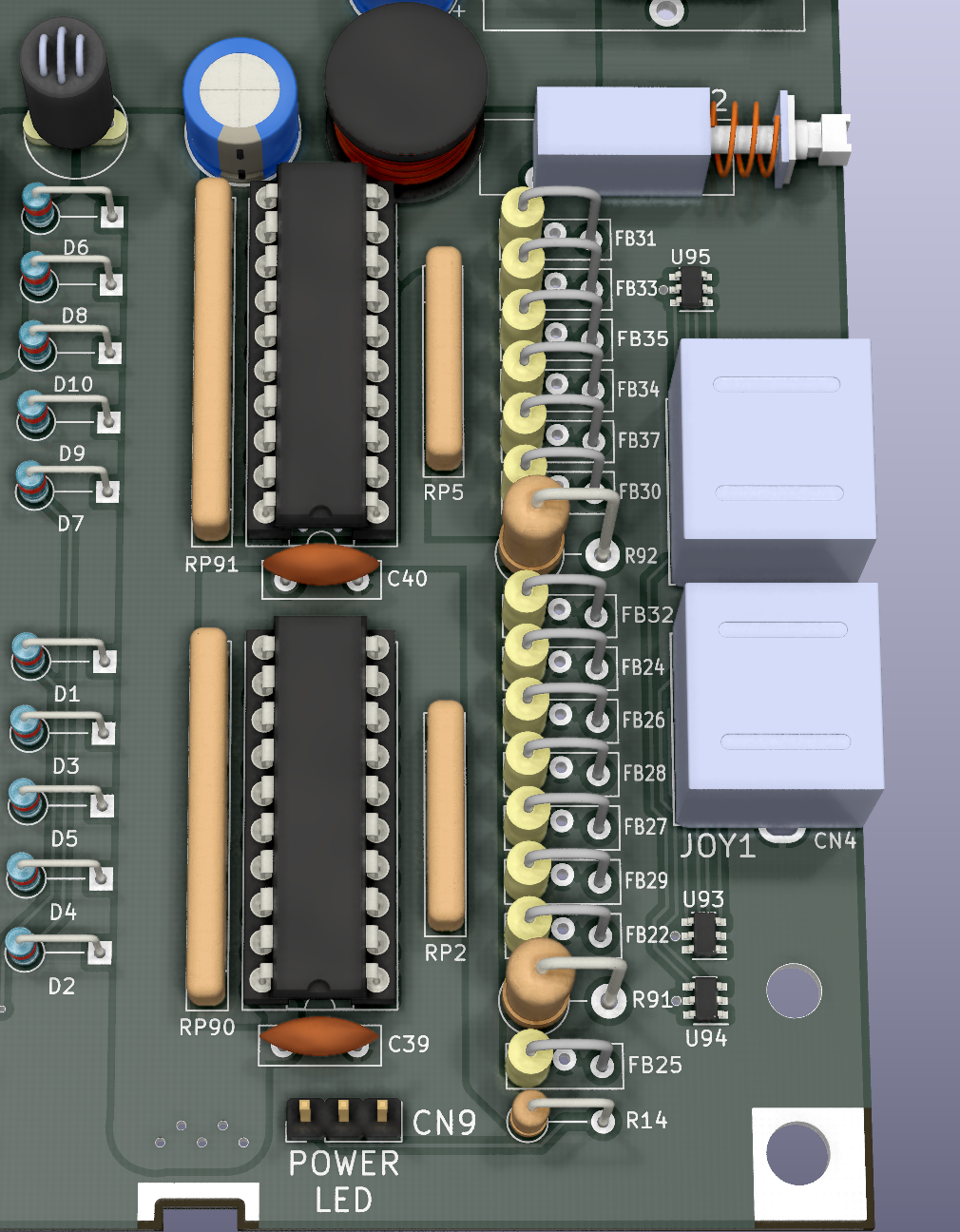
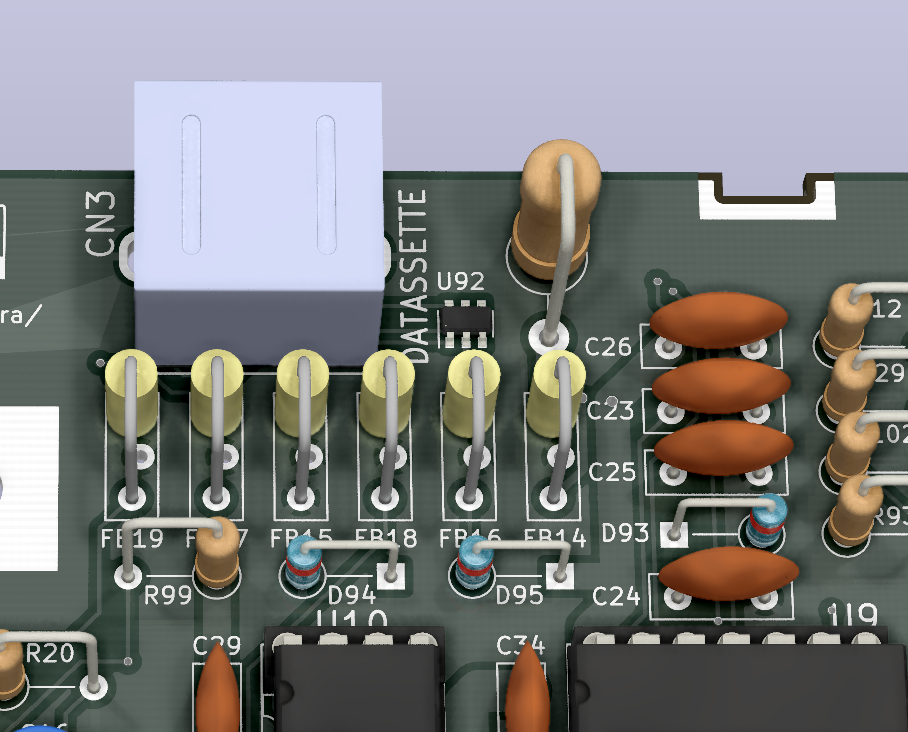
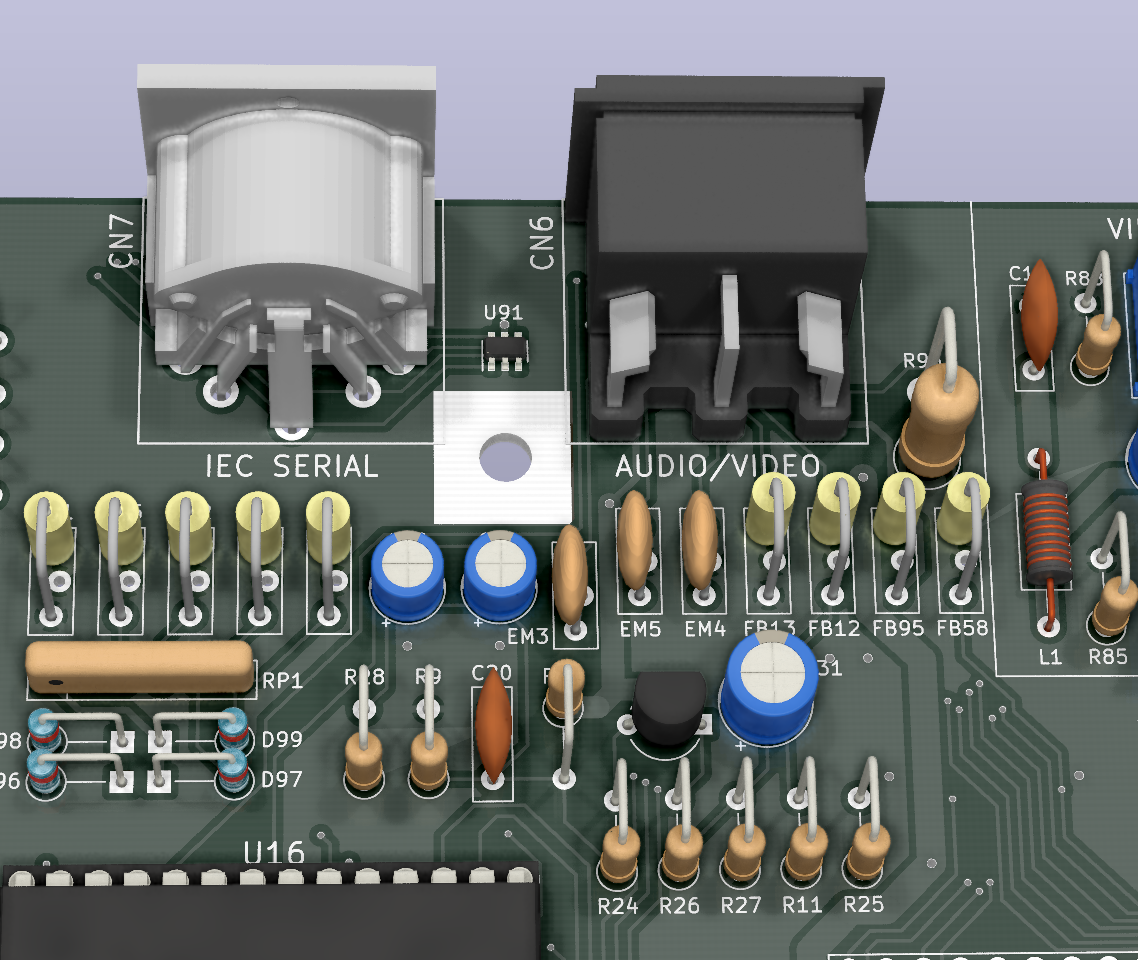 Before you ask, there is no resistor for the IEC Serial port since it has no +5V pin,
Before you ask, there is no resistor for the IEC Serial port since it has no +5V pin,  This still relies on the original +9VDC power supply alone with the TSR-2450 regulating that to +5V providing up to 2A. We went heavy with the filtering since switching regulators might introduce high-frequency noise. We also added a TVS diode that will cut overvoltage/ESD transients on the +9VDC rail while also providing protection against reverse polarity, which is important to have since the C16 uses a center-negative barrel connector that is relatively unusual these days and people might be tempted to plug a center-positive one into it
This still relies on the original +9VDC power supply alone with the TSR-2450 regulating that to +5V providing up to 2A. We went heavy with the filtering since switching regulators might introduce high-frequency noise. We also added a TVS diode that will cut overvoltage/ESD transients on the +9VDC rail while also providing protection against reverse polarity, which is important to have since the C16 uses a center-negative barrel connector that is relatively unusual these days and people might be tempted to plug a center-positive one into it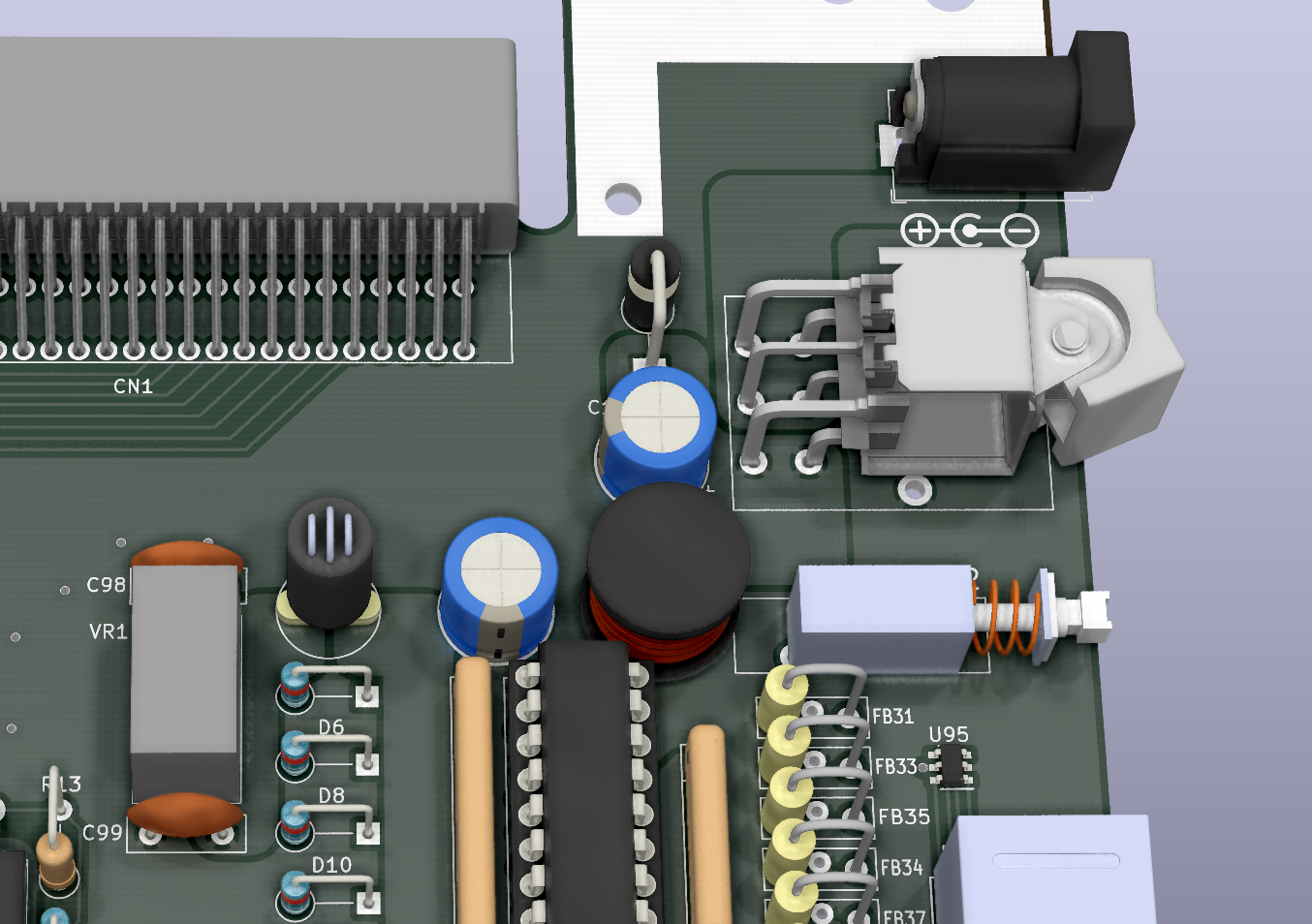 You can rest assured that the voltages you are going to feed your LittleSixteen with will be much cleaner than those in an original C16! Your 8501 and TED will be delighted :).
You can rest assured that the voltages you are going to feed your LittleSixteen with will be much cleaner than those in an original C16! Your 8501 and TED will be delighted :).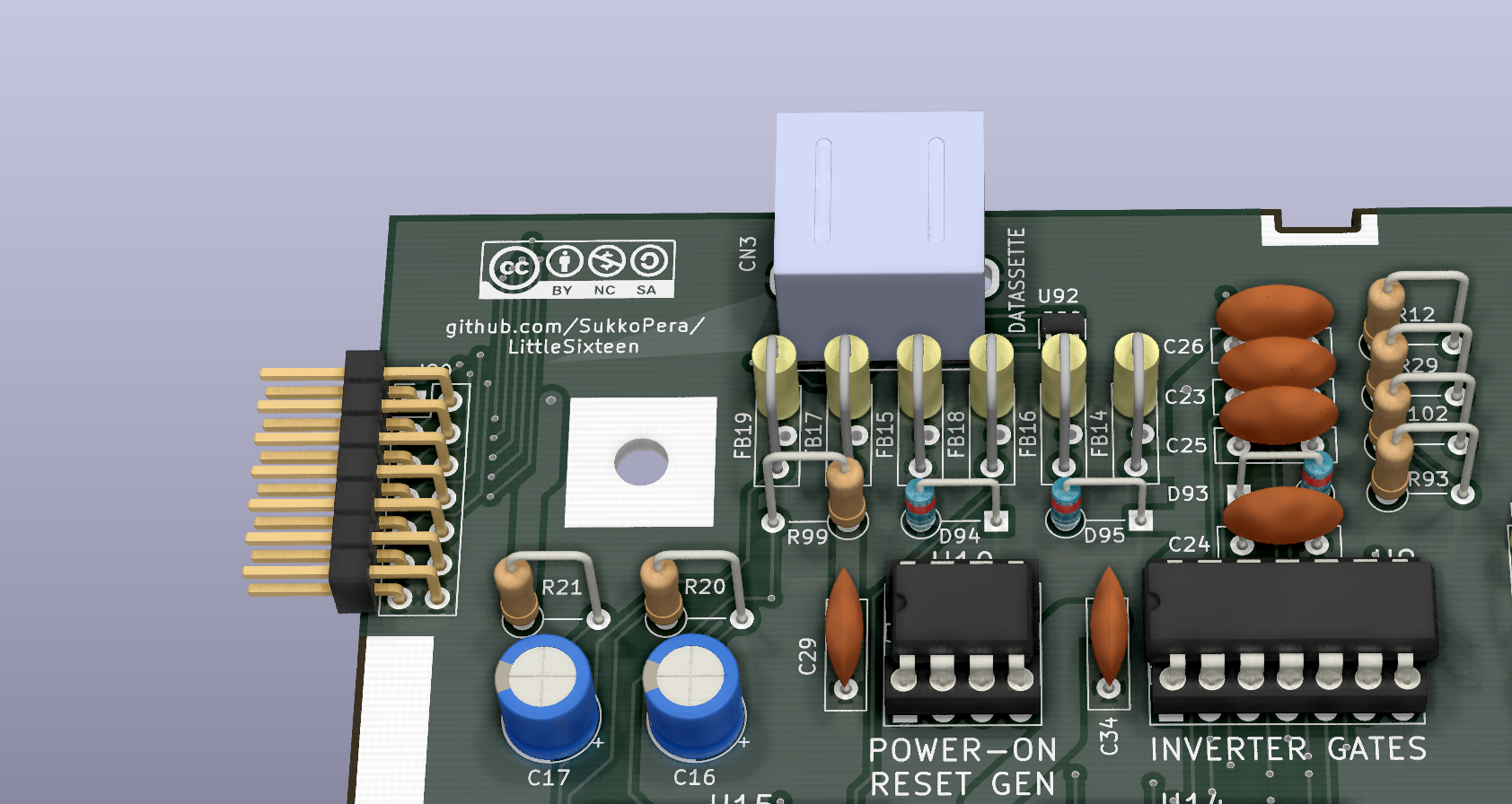
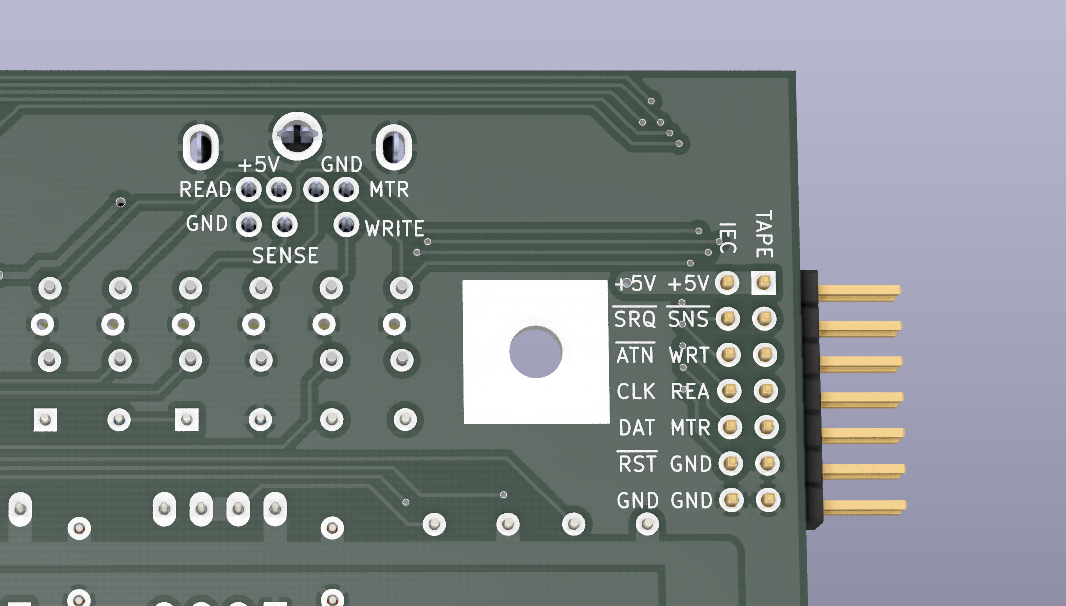
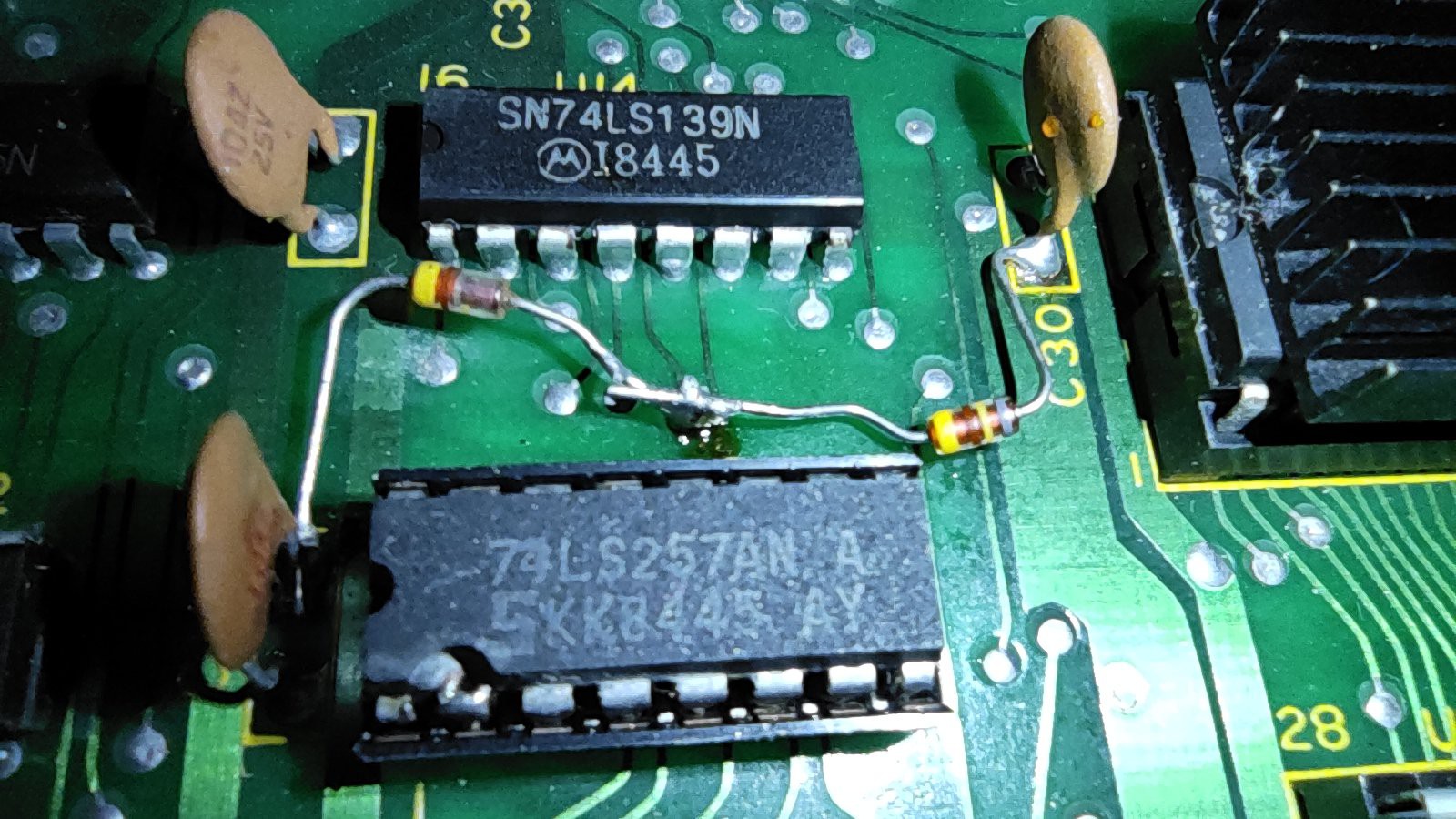
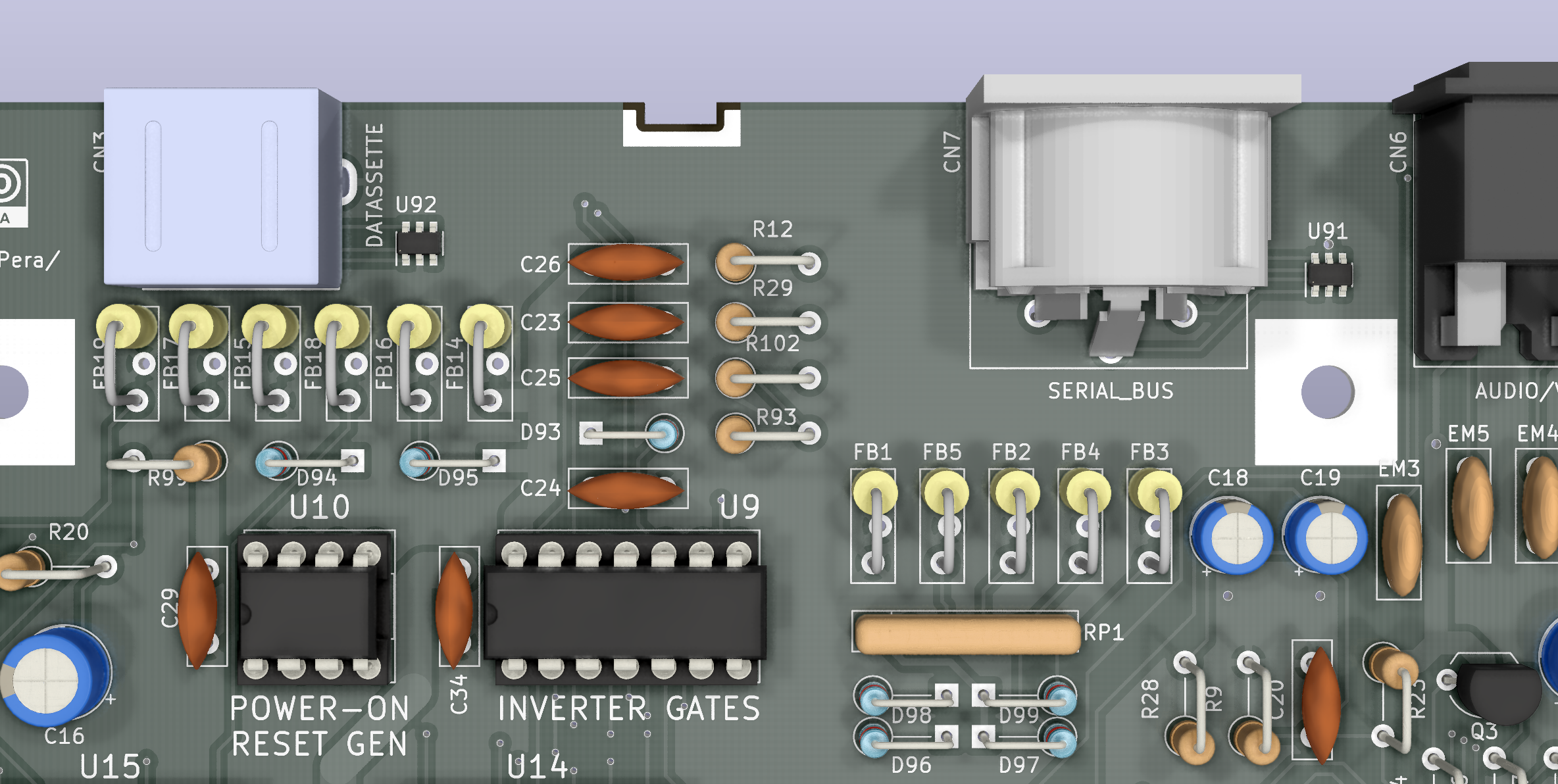 Don't take the second picture too literally: if you go for the DT1042s, you must not install the 1n4148s (D94-99) and vice-versa.
Don't take the second picture too literally: if you go for the DT1042s, you must not install the 1n4148s (D94-99) and vice-versa.
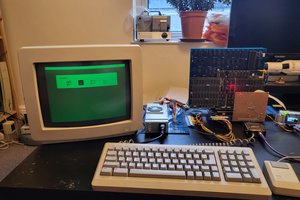
 DosFox
DosFox
 Kevin Santo Cappuccio
Kevin Santo Cappuccio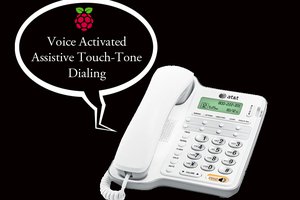
 Anthony
Anthony
 Dave Collins
Dave Collins